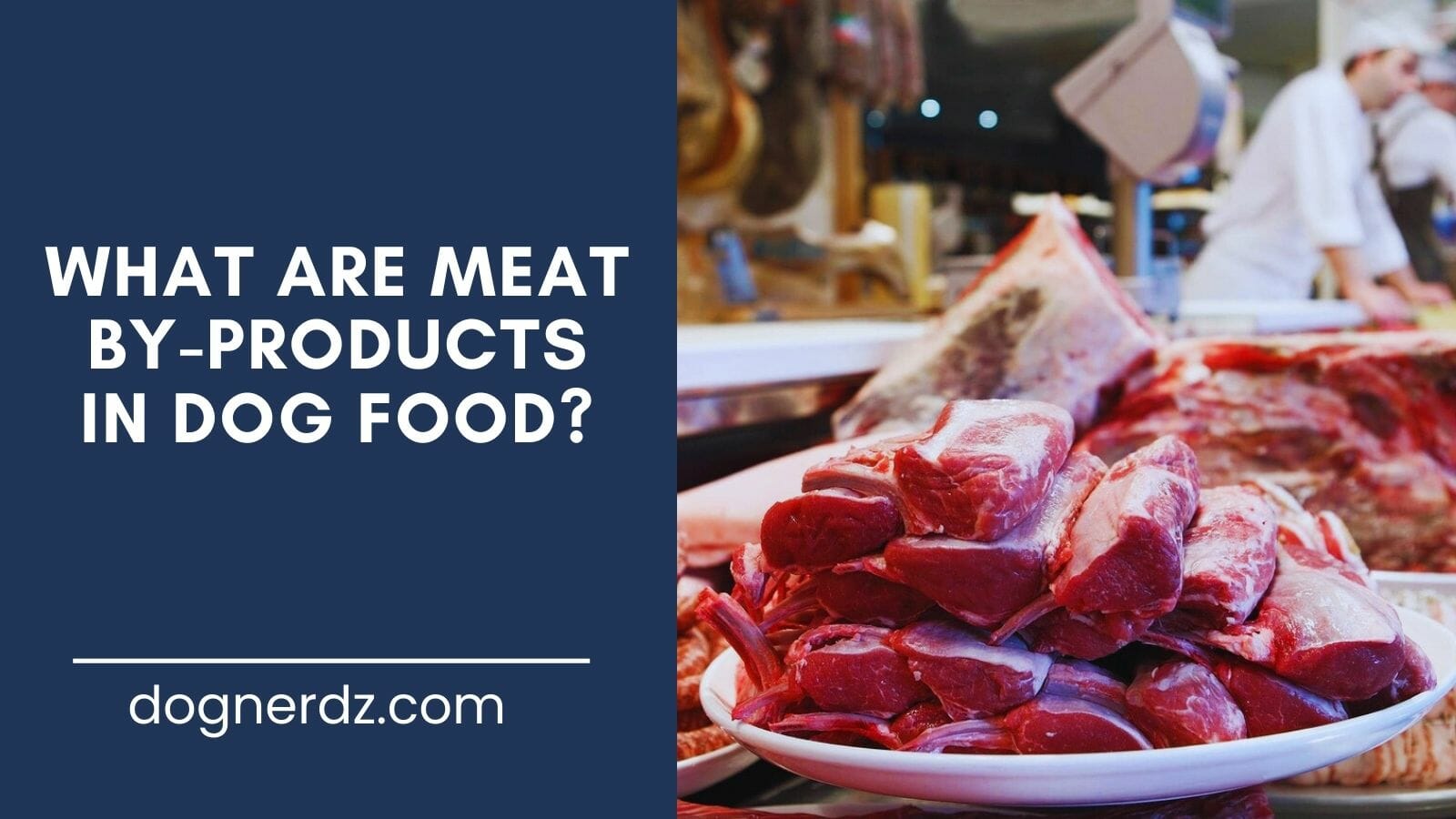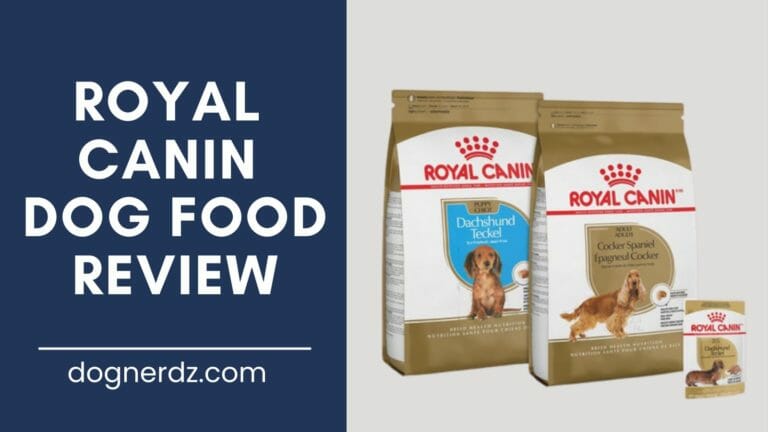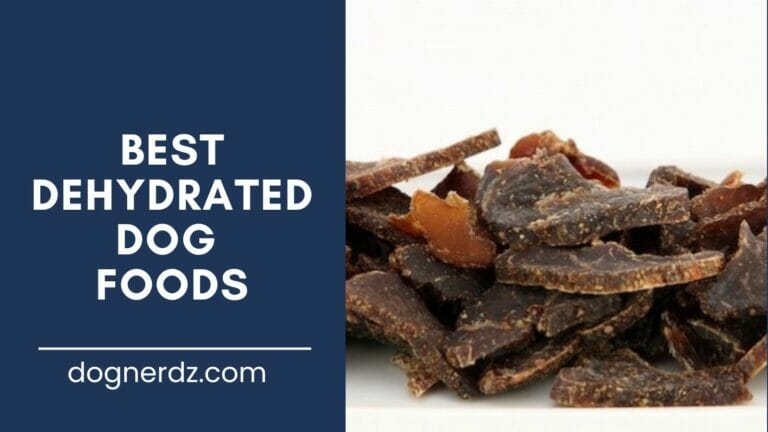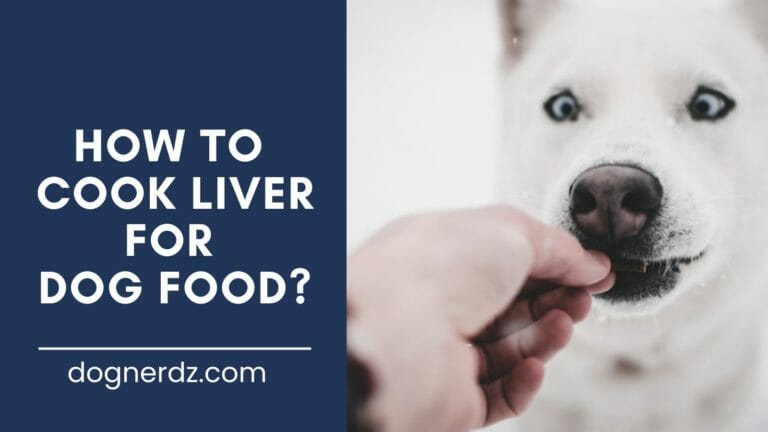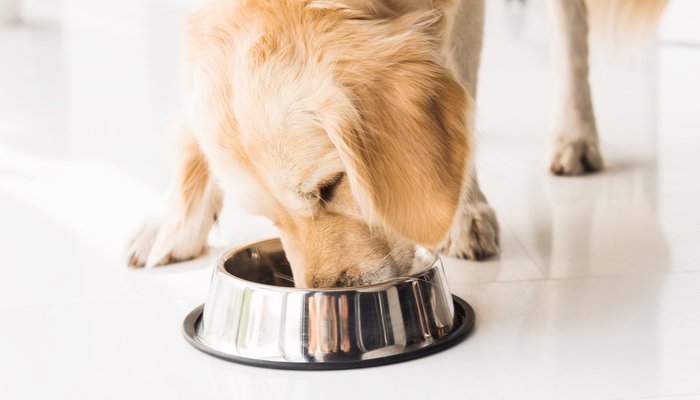What are Meat by-products in Dog Food?
Let’s talk about a topic that often causes raised eyebrows, and that’s meat by-products in dog food. You might’ve wondered, “What in the world are these ‘by-products’ and are they even safe for my fur baby?”
So let’s unravel this mystery. It’s important for us to get to the bottom of this, as it directly affects our dogs’ nutrition and the food we choose for them.
Table of Contents
What are Meat By-Products?
Alright, so what’s the big deal about meat by-products? In simple terms, they are the parts of an animal that are not typically used in human cuisine. As dog owners, we may raise an eyebrow when we see these listed on our dog food labels. Yet, according to the Journal of Animal Science, about 25 to 40% of the dry matter (DM) in premium dog diets is animal by-product.
So what kind of meat by-products are we talking about? Here’s a list:
- Organ meats like liver, kidneys, and heart
- Muscle meat that is less desirable for human consumption
- Bone meal used as a source of calcium and phosphorus
- Fat which provides essential fatty acids
- Other by-products like blood and feather meal
The nutritional content of these by-products might surprise you! Let’s break it down:
| Meat By-Product | Key Nutrients |
|---|---|
| Organ meats | High in vitamins A, B, D, E, and K, iron, and zinc |
| Muscle meat | High in protein, vitamins B6 and B12, zinc, selenium, and niacin |
| Bone meal | Rich source of calcium and phosphorus |
| Fat | High in essential fatty acids |
| Other by-products | Varies, but generally high in protein |
Benefits of Meat By-Products in Dog Food
So why are these by-products used in dog food? First, they are packed with protein, essential vitamins, and minerals that are not as abundant in regular muscle meats that humans usually consume. For instance, organ meats are chock full of vitamins A, D, E, and K.
Secondly, using meat by-products is also a cost-effective approach. These parts, which humans typically don’t eat, are repurposed into nutritionally dense components of dog food, helping to keep the cost of your dog’s diet more affordable.
Controversies Surrounding Meat By-Products in Dog Food
However, meat by-products in dog food have sparked some controversies. Misconceptions abound, from fears of ‘unhealthy parts’ being used, to potential health risks.
There are also ethical concerns about the treatment of animals in the process of obtaining these by-products. As responsible dog owners, we need to navigate these controversies with care, armed with the right information.
How to Evaluate Meat By-Products in Dog Food
The first step to understanding meat by-products in your dog’s food is reading and understanding dog food labels. High-quality by-products should be clearly identified (e.g., ‘chicken liver’ rather than ‘animal liver’). It’s always a good idea to consult with your veterinarian or a pet nutritionist for advice on specific brands and ingredients.
Importance of Quality Control in Using Meat by Products in Dog Food
Quality control is key in ensuring that meat by-products are safe for dogs. The USDA plays a significant role in overseeing the production process. Pet food manufacturers also have a responsibility to adhere to strict safety and quality standards.
Choosing the Right Dog Food
When it comes to choosing the right dog food with meat by-products, it’s important to consider your dog’s specific dietary needs. A senior dog’s requirements will differ from those of a puppy.
Also, researching reputable dog food brands and understanding their sourcing and production process can provide peace of mind. Balance is important, even if meat by-products are highly nutritious, a diet exclusively based on them won’t provide your dog with all the nutrients it needs.
Conclusion
Understanding meat by-products in dog food is no easy task, but it’s important for making informed decisions about your furry friend’s diet.
They offer a valuable source of nutrients that are often overlooked. However, it’s essential to ensure that these by-products are high-quality and sourced responsibly.
Remember, your dog’s health and happiness is our shared goal, so always aim for a balanced diet that suits their individual needs.
So, who knew there was so much to learn about meat by-products in dog food? Now that you’re an expert, you can wag your tail with confidence knowing you’re making the best choices for your canine companion’s nutrition!

